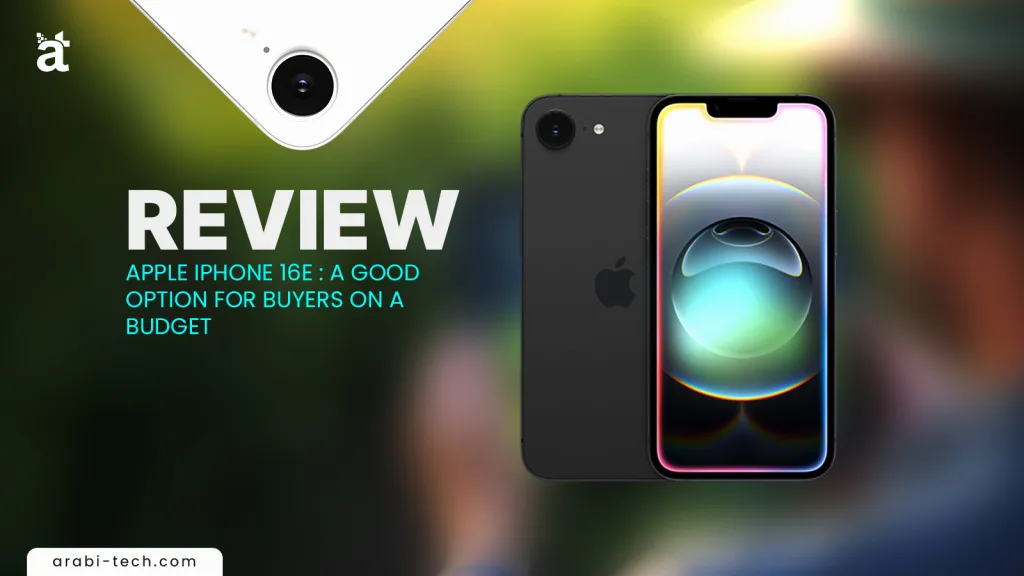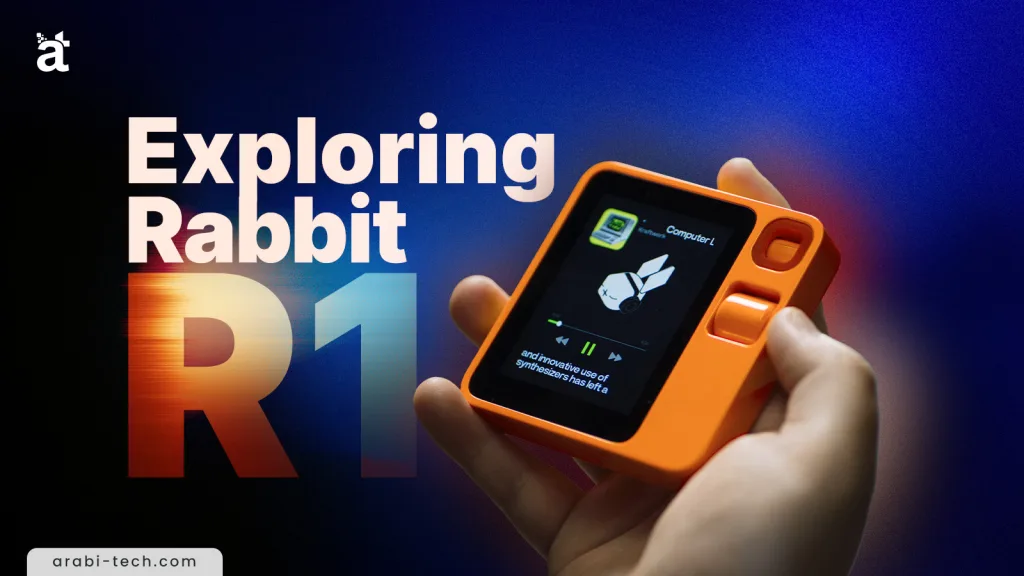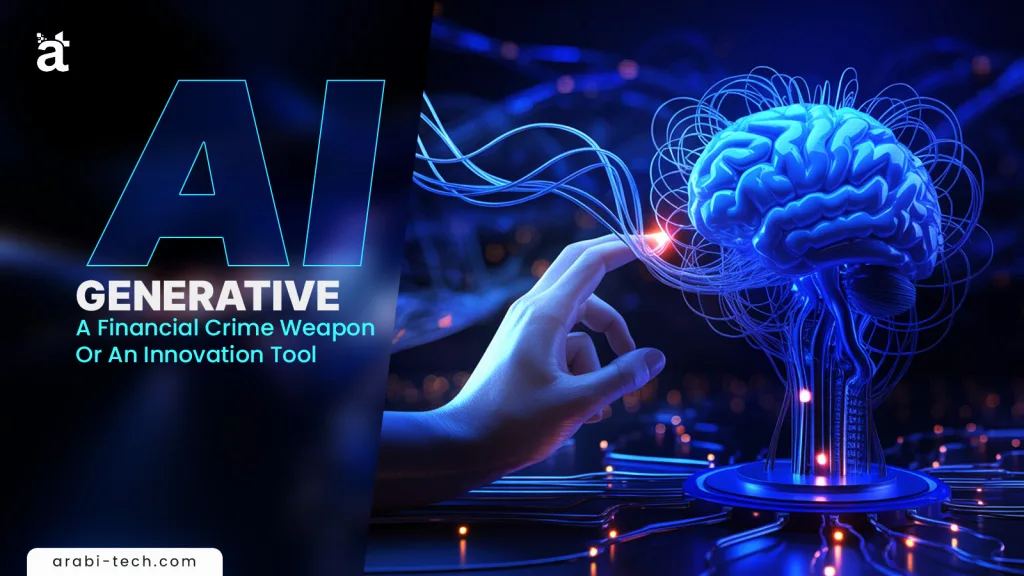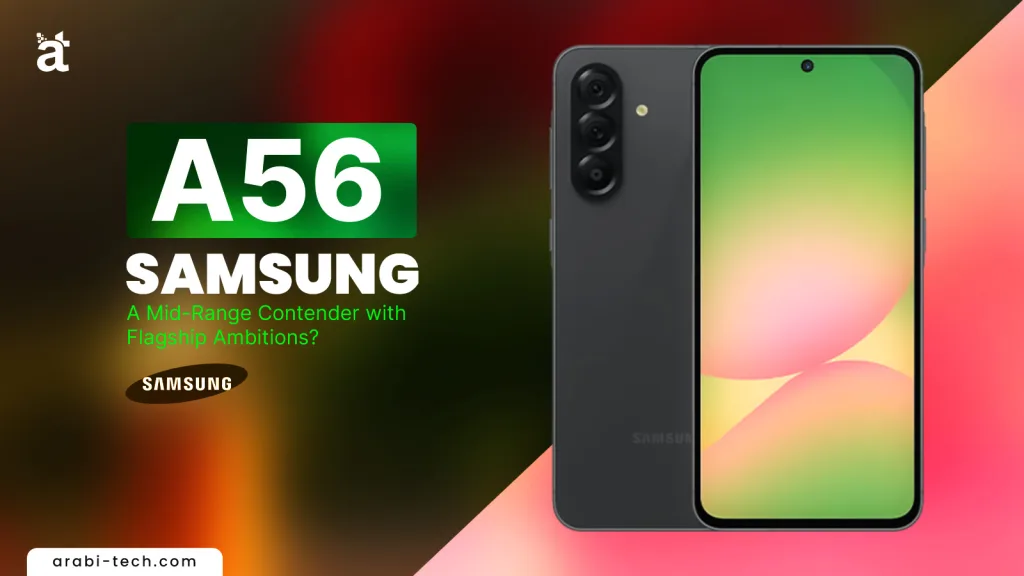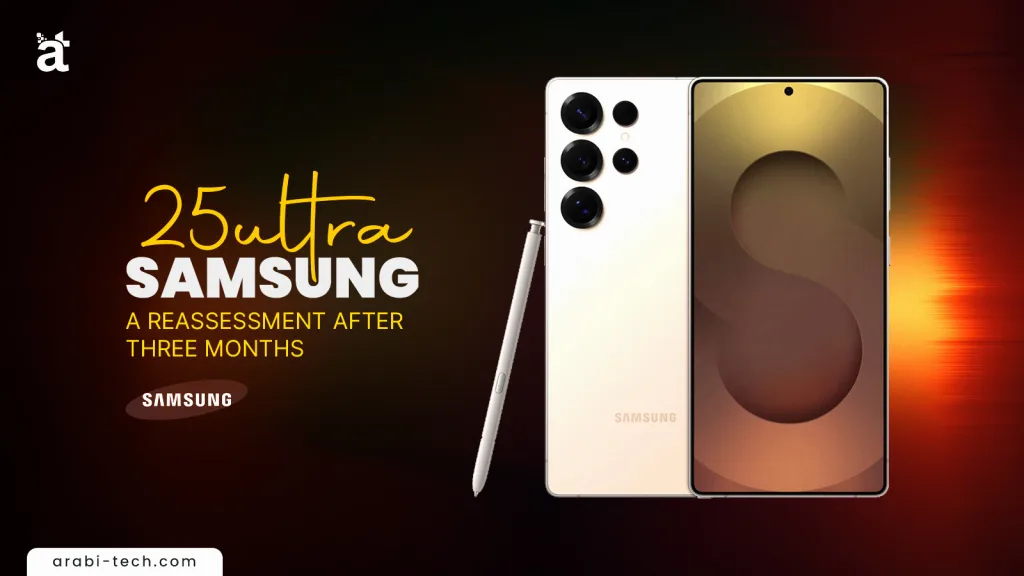
Samsung S25 Ultra: A Reassessment After 3 Months
The legacy of the “Ultra King” is often associated with its distinctive square corners, a design that immediately signaled its flagship status. However, the latest iteration moves away from this signature look, prompting questions about its identity and core philosophy. Was the previous Ultra defined solely by its shape? The emphasis on square edges perhaps overlooked other crucial aspects.
Now, features like Bluetooth in the S Pen are removed, and criticism arises regarding aspects like the glued-on camera rings, perceived by some as not being “real” components. This leads to a broader discussion about the direction Samsung has taken.
Audio article :
Table of contents
Initial Judgments and Misconceptions
After three months of using the S25 Ultra as a primary device, it’s clear that initial judgments may have been hasty. Many, including the original source of this assessment, rushed to conclusions based on perceived stagnation – Samsung not dramatically altering specs like battery size or cameras, seemingly ignoring mobile trends and focusing solely on competing with Apple.
Samsung’s strategy appears tightly focused on the iPhone Pro Max, viewing it as the primary benchmark. Globally, these two devices are often the only ones mentioned in the same breath at the highest tier. While Chinese manufacturers introduce various trends, their phones often lack the widespread availability and market success of Samsung, despite sometimes offering technically superior features on paper. This raises the question: why should Samsung compete intensely with anyone but its main rival, Apple?
From Samsung’s perspective, justifications arise: Why include a 10x zoom lens if the iPhone doesn’t? Why exceed a 5000mAh battery or aim for IP69 if Apple hasn’t? Instead, Samsung highlights its own strengths: a 200MP camera, 8K video recording across all cameras, faster charging, an under-display fingerprint reader, and the introduction of Galaxy AI.
Rethinking Perfection: User Experience vs. Specs
Previously, one could argue that while Samsung had the numbers, Apple executed features with more polish. However, the current reality presents a different picture. Apple faces its own challenges with software stability (iOS freezes) and its AI implementation (Apple Intelligence) perceived as lagging.
Conversely, the S25 Ultra, through the combination of One UI 7 software, the powerful Snapdragon 8 Elite processor, and subtle but effective design and display refinements, delivers what can be argued as the best, most perfected smartphone user experience currently available globally. After extensive real-world use, the S25 Ultra arguably masters the user experience aspect even more effectively than the iPhone.
1 – Chapter 1: Design and Ergonomics
While the departure from sharp, square corners might disappoint some, leading to a design perceived as more “generic” and closer to the S24 Plus, practical use reveals significant ergonomic benefits. The new design, combined with the titanium frame and reduced width, offers a vastly improved grip. It feels significantly more comfortable to hold, a million times better than its predecessor, whether bare or in a cover. The device feels less like a burden and more like an extension of the hand.
The actual weight distribution is superior to the S24 Ultra, making it feel lighter and more balanced, despite potentially similar on-paper gram figures. The S24 Ultra, in retrospect, felt cumbersome like a “sack.”
A point of note is the flatness of the front, back, and frame. While contributing to a sleek look, the edge where the frame meets the screen is quite sharp, reminiscent of older stainless steel iPhones before titanium was introduced. This sharpness could potentially be uncomfortable. However, there’s a very subtle, almost unnoticeable lip where the frame rises slightly above the screen. This tiny detail proved crucial in protecting the display during repeated accidental drops, absorbing the impact without transferring shock to the glass and without the frame itself sustaining dents.
The Titanium Blue Silver color option is considered somewhat uninspired, lacking the vibrancy of previous years. The black model with a silver frame is noted as a slightly more appealing alternative.
Regarding the camera rings, while some point out they are glued components, this appears to be primarily an aesthetic observation rather than a functional issue, as they have remained secure during use, even with frequent cover changes. The idea that these rings are a major flaw seems exaggerated; it’s not a common user behavior to pry at components as seen in durability tests. The glass back itself is also affixed with adhesive.
Ultimately, while the design might be “boring” and unchanged in its core layout compared to the S24 Ultra, it ironically becomes distinctive in a market saturated with large, circular camera modules from Chinese brands (Xiaomi, Realme, OnePlus, Oppo, Vivo). Samsung’s design is now easily identifiable and retains a unique identity compared to both the iPhone and the increasingly homogenous designs from other Android manufacturers.
2 – Chapter 2: Display Quality
It’s well-established that Samsung produces excellent displays, but the S25 Ultra elevates this further, particularly with the second-generation Gorilla Glass Armor. This anti-reflective coating significantly enhances contrast and viewability, not just outdoors in bright sunlight, but even indoors under ambient lighting. Reflections from room lights or walls reflecting onto the screen are drastically reduced. When off, the screen appears almost like a black hole due to the effectiveness of the coating. This anti-reflective quality is a feature that, once experienced, makes using phones without it feel comparatively difficult.
The experience is analogous to switching from a 120Hz screen back to 60Hz – the difference becomes stark and hard to ignore once accustomed to the improvement.
The second-generation Armor glass also improves reflection reduction further compared to the first generation on the S24 Ultra, though the difference might be subtle in everyday use.
A key improvement addresses a criticism of the S24 Ultra: color vibrancy. While the S24 Ultra’s anti-reflective layer made colors appear somewhat washed out or “dead,” the S25 Ultra, especially after software updates introducing the “Vividness” slider within the Vivid display mode, rectifies this. Users can now boost saturation to achieve the vibrant, punchy colors Samsung is known for, while still having the option for natural tones via the “Natural” mode.
The display itself is described as being at the “peak of beauty,” consistently impressing with its clarity, symmetrical bezels, and overall quality.
A minor drawback is the screen’s tendency to attract smudges easily, and the anti-reflective coating seems susceptible to micro-scratches that create unrecoverable marks.
Interestingly, the introduction of “ProScaler” technology, an AI-driven hardware-level upscaling feature, enhances sharpness even when the display resolution is set to FHD+ (1080p) instead of the native QHD+ (1440p). The sharpness in FHD+ mode feels superior to previous models and almost indistinguishable from QHD+, allowing users to potentially save battery by using the lower resolution without a noticeable compromise in clarity. This hardware feature works automatically and isn’t a user-toggleable option.
Furthermore, the “Vision Booster” technology ensures the screen remains exceptionally bright and clear under direct sunlight, performing better than its already high 2600-nit peak brightness spec suggests. When intense sunlight hits the sensor, the phone temporarily boosts brightness and saturation for several minutes (around 5 minutes before potential thermal throttling), significantly longer than the typical minute or less seen on other devices.
This screen utilizes Samsung’s M13 OLED panel, not the newer M14 panel reportedly purchased by Apple, raising hypothetical questions about potential further improvements had the latest panel been used.
3 – Chapter 3: User Experience and Software
This is where the S25 Ultra truly shines, representing perhaps the first time a Samsung device feels consistently delightful in terms of performance, speed, and stability. Credit is attributed to three key elements: the Snapdragon 8 Elite processor, One UI 7 software, and the integration of Galaxy AI powered by Gemini.
The software experience is described as having a “new spirit.” It feels fun, engaging, and visually appealing. Subtle touches, like the “bubbly” charging animations (appearing either in the status bar or as a floating element), lively widget designs, and customizable icon aesthetics (size, color, hiding labels via Good Lock), contribute to this refreshed feel. The sheer depth of customization offered through Good Lock is unparalleled. Users can drastically alter the home screen layout, folder appearance, recent apps view (vertical, horizontal, grid), lock screen (including framed photos), and even the behavior of the navigation bar/swipe gestures (size, color, fixed or floating).
Performance is exceptionally stable and efficient. Apps remain open in the background for extended periods thanks to the 12GB of RAM and excellent RAM management – users report opening an app in the morning and finding it still loaded at the exact same spot late at night. There’s no lag or stuttering, even with demanding tasks.
Crucially, notifications arrive promptly, often before they appear on a concurrently used iPhone. This addresses a common frustration with previous Android versions where notification delays were frequent. This improved responsiveness occurs despite One UI being a heavily customized skin over Android, indicating significant optimization.
The Snapdragon 8 Elite processor’s efficiency also impacts thermal performance and battery life positively. The device runs cool, even under duress. In extreme heat (tested in Aswan, Egypt), the phone did not overheat or shut down, maintaining functionality. The efficient processor, combined with an excellent cooling system, prevents the screen brightness from throttling down prematurely in sunlight, unlike many other phones.
One UI 7 itself introduces some new features, though some are less impactful. The “Now Bar” (similar to iPhone’s Live Activity) and “Now Brief” (showing calendar events, weather, alarms) are present but limited in support to native apps and haven’t proven significantly more useful than standard notifications. An iPhone-imitating split notification shade (swiping right for quick settings, left for notifications) is offered but can thankfully be disabled in favor of the traditional unified Android shade.
A standout new software feature is the Galaxy AI-powered search within the Settings menu and the main app drawer search bar. It provides highly organized and relevant results, making it easy to find buried settings or specific information.
4 – Chapter 4: Galaxy AI and Gemini Integration
While the much-hyped Galaxy AI features (Generative Edit, Writing Assist, Circle to Search, Drawing Assist, etc.) function as advertised, there’s lingering uncertainty about whether they will remain free indefinitely or transition to a subscription model. The source expresses fatigue with the constant discussion around these specific features.
What is deemed more significant and potentially transformative for smart device usage is the deep integration of Google’s Gemini AI model throughout the operating system. Gemini allows for conversational interaction regarding the content currently displayed on the screen.
Examples provided include:
- Creating Calendar Events: Telling Gemini “Create a calendar event for me to go to the market tomorrow,” and Gemini responding conversationally (“Certainly. When do you want to go…?”), then setting the event for “Around 6 o’clock.” This interaction happens in natural, colloquial language.
- Discussing Screen Content: While watching a YouTube video, activating Gemini and asking it to “talk about this video.” Gemini analyzes the video content and provides a summary or initiates a discussion.
- Sending Content: Asking Gemini to “Send this video to Mody,” prompting Gemini to ask for the specific video link/file to share.
- Image Recognition: Displaying a photo and asking Gemini, “What type of bird is this?” resulting in Gemini identifying it as a Common Starling and providing details.
- Contextual Information: Identifying items shown in social media posts, such as recognizing the Apple Vision Pro or the Asus Zenbook Duo laptop and providing relevant information.
- Practical Tasks: Analyzing a photo of a dinner receipt and calculating the cost per person when asked to split the bill among three people (excluding the service charge).
This level of contextual awareness and task execution via natural language interaction is presented as the true promise of on-device AI, potentially changing the future of smartphone interaction more profoundly than the specific, heavily marketed “Galaxy AI” features. This implementation is seen as fulfilling the potential that Apple originally promised but perhaps hasn’t fully realized yet with its own AI efforts. It’s noted that while debuting on the Ultra, this Gemini integration is expected to become standard across Android devices, including Pixels.
However, a concern is raised about Samsung’s track record with timely software updates, specifically mentioning the delay in bringing these features to the S24 series, which casts doubt on the feasibility of their seven-year update promise if significant delays occur even in the first year.
5 – Chapter 5: Battery and Charging
Samsung maintains the status quo with battery specs: 5000mAh capacity and 45W wired charging. Wireless charging is still present but lacks the newer Qi2 standard (essentially MagSafe for Android), which is a notable omission and a point of frustration for users invested in the magnetic accessory ecosystem. The inability to use MagSafe chargers and wallets without specific cases is seen as a major inconvenience, especially when desiring to use the phone caseless to appreciate its design and feel.
Despite the unchanged specs, real-world battery life is excellent, credited largely to the efficiency of the Snapdragon 8 Elite processor. The phone consistently lasts a full day, with heavy usage days (including travel with navigation and high brightness) typically ending with around 30% battery remaining. Screen-on time exceeding nine hours is achievable.
While excellent, it’s estimated that the iPhone 16 Pro Max likely offers around 20% better battery life. However, the S25 Ultra’s endurance is considered more than sufficient and not a “crisis” area, even if it hasn’t significantly leapfrogged the competition like Chinese brands often do in battery capacity or charging speed. The battery performance is deemed good enough not to be a major drawback, especially considering the demanding tasks it handles without draining rapidly.
The 45W charging, while not industry-leading, feels subjectively faster in the initial charging stages (first 60%) compared to previous generations. Samsung also offers enhanced battery protection features, allowing users to limit charging to 80%, use adaptive charging that learns sleep patterns to reach 100% just before waking, or stick to the basic charging profile. These options, similar to the iPhone’s, are welcome additions for preserving long-term battery health.
Chapter 6: Camera Performance
The camera system is where the assessment becomes most critical, despite acknowledging some strengths. Three months of intensive use, including a trip focused on photography (Luxor/Aswan), led to a nuanced evaluation.
- Strengths:
- Zoom Versatility: The S25 Ultra remains a leader in zoom capability, offering high-quality optical zoom at 3x and 5x, plus usable digital zoom up to 100x. This is invaluable for capturing distant details, demonstrated by examples like photographing inscriptions on high temple columns or distant wildlife. The ability to capture distant subjects inaccessible on foot is a key advantage.
- Color Reproduction: Colors are generally vibrant and pleasing (“pop”), especially in good lighting. Examples include the vivid greens of plants, the bright hues of Nubian village houses, hot air balloons against the sky, and the rich tones of the Nile.
- Dynamic Range (Conditional): When the HDR processing works correctly, it produces well-balanced images with good detail in both highlights and shadows, resulting in a “3D-like” effect with strong clarity.
- Video Quality (Conditional): 4K video is generally excellent, with good colors, dynamic range, and impressive stabilization, sometimes outperforming the iPhone. The 5x telephoto lens produces the best 8K video quality due to its native resolution being close to 8K, resulting in sharp footage. The ability to switch between lenses smoothly while recording 4K HDR10+ is a plus. Samsung Log profile offers flexibility for professional color grading.
- Selfie Camera: The 12MP selfie camera performs well, capturing good detail and benefiting from the same effective dynamic range and “clarity effect” processing as the rear cameras. Hand gestures (raising five fingers) can trigger the shutter, compensating somewhat for the lack of S Pen remote functionality.
- Portrait Mode: Offers a wide range of focal lengths (1x, 2x, 3x, 5x), surpassing the iPhone’s options. In daylight, edge detection is excellent (“10 out of 10”), and skin tones are rendered naturally and flatteringly with good detail and vitality.
- Weaknesses:
- Processing Inconsistency: This is a major issue. Results can be unpredictable, requiring multiple shots to get one good one. Images might be too dark, too bright, blurry due to slight movement, or have inconsistent shadow/noise handling.
- Hardware Limitations (The Root Cause): The core problem is identified as relatively weak sensor hardware (especially the 3x telephoto and potentially the main sensor in low light) compensated for by aggressive software processing, rather than relying on inherently better optics.
- 3x Telephoto: Performance is particularly disappointing, deemed worse than some mid-range phones. It struggles significantly in low light, producing noisy and unclear images. The decision to keep this lens instead of reinstating the previous 10x optical lens is heavily criticized as a step backward, driven perhaps by cost-cutting or mimicking Apple’s focal lengths.
- Main Sensor Noise: The 200MP main sensor, while capable, exhibits noticeable noise, especially in shadows, even in decent lighting. The processing tries to mitigate this but isn’t always successful.
- Nightography Issues: While improved, low-light performance is inconsistent. Night Portrait mode, particularly with the 5x lens, often fails if the subject moves even slightly, resulting in blurry or artifact-ridden images. The processing can struggle, sometimes leaving excessive noise or applying unnatural smoothing. Using the flash often yields better, more consistent results than relying on Night Mode processing in challenging conditions.
- 8K Video Quality: Despite the capability, 8K video (except from the 5x lens) doesn’t offer significantly more detail or sharpness than 4K video. This is attributed to the processing method (likely not 1-to-1 pixel readout or effective downsampling from the 200MP sensor), making the feature seem largely pointless due to the large file sizes and demanding editing workflow without a substantial quality benefit.
- 8-bit HDR Photos (HEIF): Samsung’s HDR photos are saved in an 8-bit HEIF format. While space-saving, 8-bit color depth is insufficient for smooth gradients, often resulting in visible “banding” (color stepping) in areas like skies, especially after editing. This contrasts poorly with the iPhone’s 10-bit HEIF files, which offer significantly more color information (1 billion colors vs. 16 million) and smoother transitions, making them more flexible for post-processing. AI-powered filters applied to Samsung’s photos can exacerbate this banding issue.
- Lack of Professional Video Tools Integration: While Samsung Log exists, professional video apps like the Blackmagic Camera app perform poorly on the S25 Ultra, exhibiting lag and instability, and lacking access to features like Samsung Log.
Conclusion: The Ultimate Phone Experience (If Not the Ultimate Camera)
The S25 Ultra, after three months of scrutiny, solidifies its position as providing the most complete, stable, enjoyable, and feature-rich smartphone user experience on the market. Its strengths lie in the refined and highly customizable One UI 7 software, the powerful and efficient Snapdragon 8 Elite processor, the stunning anti-reflective display, excellent ergonomics, class-leading battery life (for its tier), and groundbreaking Gemini AI integration.
It is undoubtedly the most widely available flagship Android phone globally. However, its camera system, while versatile and capable of great results (especially with zoom and in good lighting), suffers from inconsistencies rooted in its reliance on processing to overcome hardware limitations, particularly with the main sensor’s noise and the weak 3x telephoto lens. The 8K video implementation (except from the 5x lens) and the 8-bit HEIF format for photos are also significant drawbacks for demanding users and professionals.
Therefore, while it excels profoundly as a phone, offering an unparalleled daily usage experience that even surpasses the iPhone in many aspects (stability, multitasking, AI context, customization, notification speed), it falls short of being the undisputed best camera phone, especially for users prioritizing consistent image quality across all conditions, low-light performance, or professional video workflows. Competitors, particularly the iPhone (for video fidelity and file quality) and potentially high-end Chinese flagships (for camera hardware superiority, though less available), may offer better camera experiences, even if their overall phone experience isn’t as polished or widely accessible as the S25 Ultra’s. The S25 Ultra represents the pinnacle of what a smartphone can be in 2025, even if its camera system leaves room for improvement based on its “Ultra” pedigree and price point.
Best Article of the Month:
Code :
Samsung S25 Ultra / Samsung S25 Ultra / Samsung S25 Ultra / Samsung S25 Ultra / Samsung S25 Ultra / Samsung S25 Ultra / Samsung S25 Ultra / Samsung S25 Ultra /
